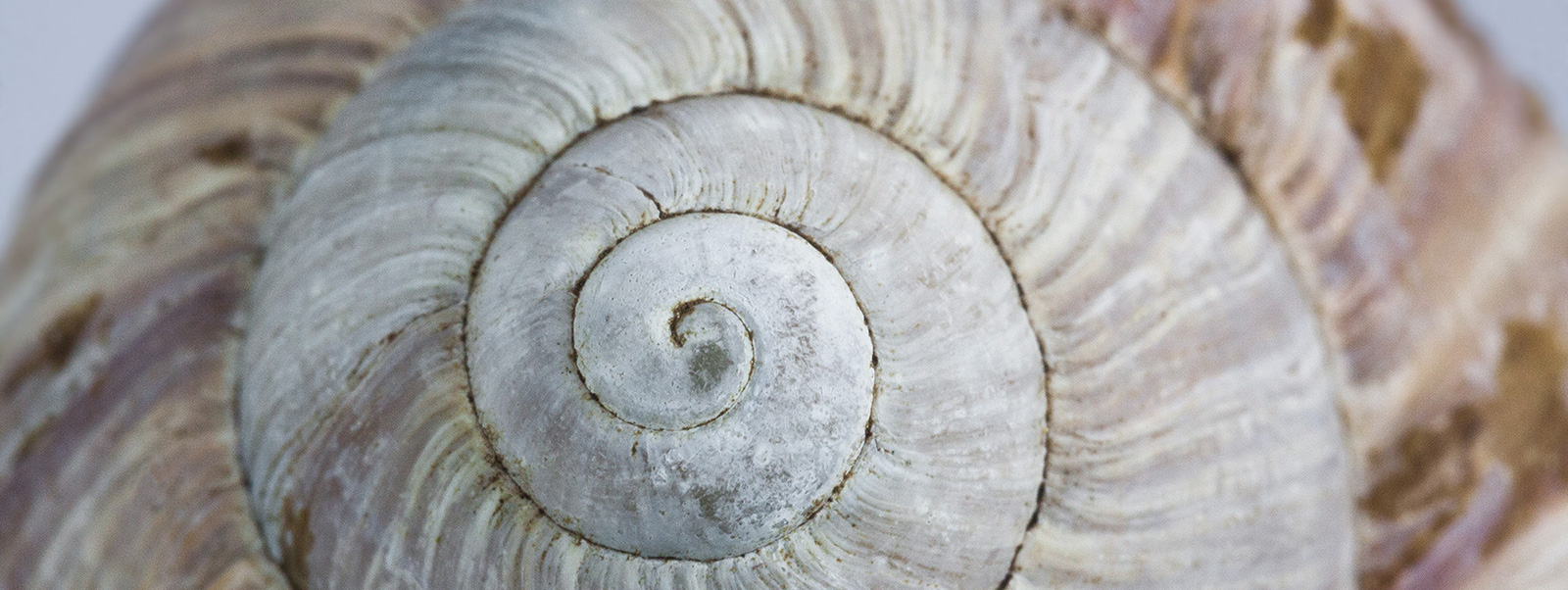When You Say Nothing At All
 The Victorians had a language of flowers to express what they felt. Before them, Shakespeare’s Ophelia exclaimed, “Look at my flowers. There’s rosemary, that’s for remembering. Please remember, love. And there are pansies, they’re for thoughts.” Hallmark says it sometimes, in flowery cliché. But when words fail us, it is in the space in-between where deep levels of intense experience emerge from the silence. Viennese philosopher Martin Buber spoke of a sacred space between “I” and “thou”. A place where there is a dissolution of boundaries, where we meet as separate entities and merge to transcend the dense physicality of our bodies, bridge the fear that divides, sink softly into blissful connection. Throughout the ages, songs, poetry, literature, and now cinema, echo this plaintive yearning. In the movie, Notting Hill, Anna Scott (Julia Roberts) speaks for us all in that terrifying moment when we open our hearts, reveal our longing, and pray we will be loved in return. She stands before Will Thacker, (Hugh Grant playing his quintessential self) in a pair of flip flops and says with sweet simplicity “remember I’m just a girl standing in front of a boy asking him to love her”.
The Victorians had a language of flowers to express what they felt. Before them, Shakespeare’s Ophelia exclaimed, “Look at my flowers. There’s rosemary, that’s for remembering. Please remember, love. And there are pansies, they’re for thoughts.” Hallmark says it sometimes, in flowery cliché. But when words fail us, it is in the space in-between where deep levels of intense experience emerge from the silence. Viennese philosopher Martin Buber spoke of a sacred space between “I” and “thou”. A place where there is a dissolution of boundaries, where we meet as separate entities and merge to transcend the dense physicality of our bodies, bridge the fear that divides, sink softly into blissful connection. Throughout the ages, songs, poetry, literature, and now cinema, echo this plaintive yearning. In the movie, Notting Hill, Anna Scott (Julia Roberts) speaks for us all in that terrifying moment when we open our hearts, reveal our longing, and pray we will be loved in return. She stands before Will Thacker, (Hugh Grant playing his quintessential self) in a pair of flip flops and says with sweet simplicity “remember I’m just a girl standing in front of a boy asking him to love her”.
In the silence of disconnection lies a loneliness that devours the human heart. We staunch the flow of our scarlet life blood with sterile tourniquets: undemanding friendships in controllable portions – teaspoon by convenient teaspoon. Phantom friendships and shadowy lovers stay beyond our castle walls safely in the distance of social networking sites. We seek out only those friends or consult “experts” who soothe our anxious minds with palliative agreements, coddle our egos with judgements that suit our world-view, rock us back to sleep, draw the curtains so we cannot see the cycles of the moon, or hear the song of our soul calling us to grow.
“Boundaries”. A high currency word, much favoured by psychotherapists and life coaches, bandied about by readers of self-help books. Often these “boundaries” are the walls we erect with bricks and mortar from our egos. Walls that separate us from Life, from Love. Like gnarled bonsai in decorative planters, we live our safely contained, carefully clipped, little lives behind literal or figurative walls that block out the light of the sun and obscure the shimmering stars.
When we distance, judge, presume, and imagine that someone thinks or feels a certain way, in fact we have no inkling what they think or feel at all. Our stories about others say everything about us. It is only in our bravest moments of soul nakedness that we dare admit the truth. We’re hungry to be loved, to be special, and to be needed. “Can we start over?” Norman asks in The Best Exotic Marigold Hotel: “I’m not charming and I’m not good at repartee. My name is Norman and I’m lonely.”
It is in our moment of heroic glory that we detonate the boundary wall of lies; dismantle the gaudy facade of our charming, independent, important, busy, care-free lives. In the differences that we think separate us is our completion. In the ebb and flow of our relationships, the starfish of new growth. In our relationships we discover the sweetness of dying, as we release ancient fear, cross the threshold of solitude, meet each other on the bridge that arcs over the river of Life.
Alvy Singer says to Annie Hall as they end their relationship, “A relationship, I think, is like a shark. You know? It has to constantly move forward or it dies. And what we’ve got on our hands is a dead shark.” Relationships, like sharks, need momentum, or they suffocate beneath the weight of mutual wounding, become hooked in nets, speared with words which say, “I don’t mind being on my own. I need to take care of myself, because no one else will.”
Words erect boundaries, and there are times when we must say nothing at all. It is in the silent spaces we discover the convoluted excuses we use we keep people at bay, afraid to say what we feel, terrified to ask for what we need. Perhaps, when we say nothing at all, we might dare take off the clothing of our self-depreciating beliefs. And stand naked as we reveal our longing for one another in the quantum field of Love.
Alison Krauss soars …











